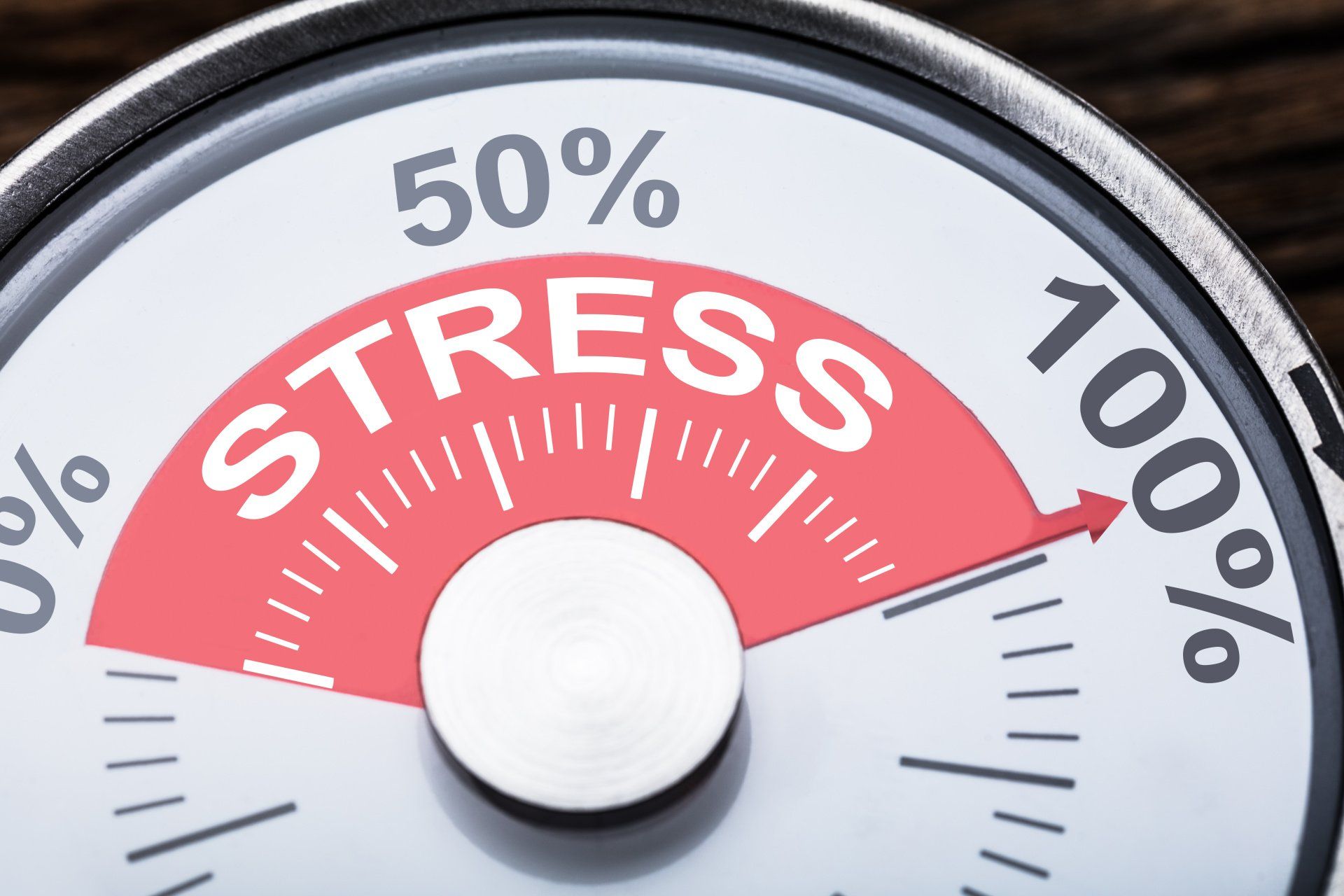Walking…the oldest Medicine known to Man
- By J.Maxine MacGwyre, LMA, Nutrition Specialist
- •
- 27 Jul, 2020

You have been walking since taking your first steps as a young child. It is such a basic and natural part of what you do that maybe you haven’t considered the numerous benefits of incorporating a simple 30-minute walk into your daily routine. A good brisk walk not only positively impacts you physically but has a metal and emotional health component as well. The “technology takeover” has resulted in a more sedentary lifestyle for most of us…working at the computer, replying to texts, and streaming movies on our big screen tv. Given that, planning for time to walk 30 minutes every day can balance out the effects of all that time we spend sitting.
Walking not only fits everyone’s budget, requires no expensive sports equipment, and has not been shut down due to COVID like gyms and yoga classes, but it can also afford a wonderful social aspect as well, when taking a stroll and catching up with friends real time. Almost a guilty pleasure by today’s standards, particularly now with social distancing. If you think walking is a waste of time, think again. Did you know, there are no less than 30 benefits associated with daily walks?! Here are the first 10…1. A Healthy Heart
Your heart is a muscle, and just like all the other muscles in our body, it needs a workout to enhance your health. Cardio exercise is quantified as physical activity that increases your heart rate; which is the number of times your heart beats per minute. Your resting heart rate also known as your pulse rate, will thus be lower than your heart rate during exercise, as your heart pumps faster to send oxygen to all those working muscles.
Therefore, the best way to exercise your heart is by engaging in activities that increase your heart rate. Regular cardio exercise will strengthen your heart muscle. The stronger your heart, the more efficient it will be in delivering blood and oxygen throughout your body.
2. Maintaining Joint Mobility
Stiff joints causing discomfort while in motion, oftentimes leads to immobility, in a logical pain avoidance strategy. This is turn can lead to weight gain which only serves to exacerbate joint pain further, not to mention snowball into a myriad of other health issues. Having stiff joints does not have to preclude you from enjoying daily walks. However, if you have suffered with joint stiffness or pain, particularly in the knees and hips, it is always best to consult your physician prior to increasing physical activity to rule out any issues that may need to be addressed first. Doctors often recommend walking because it is a low-impact cardio workout, compared to running, a high-impact form of exercise, the latter can only serve to aggravate joint discomfort. If physical therapy is required to diminish joint tenderness, walking is often incorporated into the program for its known relief in minimizing chronic pain.
3. Strengthening Bones
Aging can bring with it, a decrease
in bone density, which is the amount of bone mineral present in your bones. Loss
of bone density leads a condition known as osteopenia and then to osteoporosis,
a more severe form of bone loss. Exercise helps to retain your bone mass. For
those who have been more sedentary, the best way to start is by one step at a
time…walking.
Stronger, more dense bones lower the chance of fractures and breaks, a complication of osteoporosis. Regular exercise not only improves bone density but also overall fitness and flexibility, which also serves to reduce injury.

4. Backaches Begone
Backaches are often the result of poor posture and prolonged strain. Long periods of sitting while at the computer for example, places a strain on your back and neck muscles, particularly when sitting in a chair with insufficient back support. The strain of keeping your back upright in a seated position for long periods can leave the muscles tired and aching. One of the simplest ways to find relief is to take a break…stand, stretch, and take a lap around your office! And evermore, that 30-minute walk will do wonders to relieve your backpain by strengthening your core back muscles to reduce the frequency of backaches.
5. Blood Pressure
High blood pressure is the resultant stress placed upon arteries and veins as the heart pumps blood through them. Increased pressure causes the walls of these blood vessels to weaken. In turn, weakened blood vessels can lead to a heart attack or stroke.
A strong heart can pump the blood needed throughout the body with less effort. This means that the pressure on the arteries and veins is reduced. Did you know, as little as 10 minutes of walking a day can make a significant change to your blood pressure? How much more impactful would 30 minutes be? Regular exercise can often be a contributing factor in a reduction of medication prescribed to reduce high blood pressure. Now that is good news.
6. Are you too Sweet?
Glucose levels in your blood, exceeding what is required by your body to operate, results in high blood sugar. Insulin, made in your pancreas, works to stabilize blood sugar levels. When insulin levels in your body cannot process glucose adequately to maintain healthy blood sugar levels, there is a risk of developing diabetes, which may require treatment with insulin injections or medications if lifestyle changes cannot bring levels under control.
Exercise is a key factor in managing healthy blood sugar levels. As the heart rate increases during exercise, your body uses more blood glucose, to provide energy to your working muscles.
7. Metabolism Booster
Food fuels your body, but if you fill up the tank and don’t go anywhere, the fuel remains unused. The body can store unused fats and sugars for future requirements. However, if this trend continues and stores are never used, this can lead to weight gain and a rise in unhealthy blood sugar levels.
Metabolism is the rate at which your body converts food into energy. A sluggish metabolic rate means that you are more likely to gain weight. Alternatively, with regular exercise such as walking, your metabolic rate can be enhanced to burn more calories, even when your body is in a resting state.
8. Take a Breath
It goes without saying, that lungs supply your body with life-giving oxygen. Without healthy lungs, insufficient oxygen is transported around the body directly impacting your well-being. Walking gives your lungs a workout together with the rest of the body. The action of walking requires the lungs to supply more oxygen to the body than they do when you are at rest. Because exercise causes your lungs to work at their full capacity, they are conditioned to be more efficient and become less susceptible to lung disease.

9. Relax
Crazy busy? Stress is an ever-present component of our fast-paced lives…from both internal and external stressors. Not staying on top of stress levels can have very adverse effects on both your physical and mental health. Stress causes elevated blood pressure, sleeping difficulties, depression, and did you know, it can have an impact on your weight as well?
One of the first things to consider when you feel under pressure is getting some exercise. A 30-minute walk can help to manage your stress, clear your head, and maybe do some creative problem solving. Exercise releases endorphins and hormones that energize you, generate positive feelings and a sense of being more relaxed and confident in positive outcomes to situations we may have been concerned about.
10. Balancing Act
Years ago, when you learned to walk, it required your full focus to balance on two feet and then put one foot in front of the other. Walking requires a combination of balance and coordination and of course now, it is second nature. However, like with anything, it you don’t use it, you may lose it, meaning without staying conditioned, you can start to experience reduced balance and coordination slowly over time. So, stay sharp and step lively on a regular basis to keep those juices flowing.
Stay tuned for Part 2 to learn more about the benefits of Man’s oldest Medicine.




